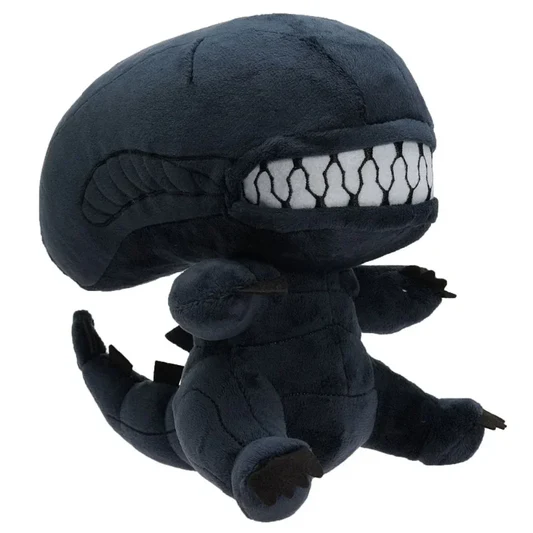
The Evolution of Kawaii Fashion: From Harajuku to Global Sensation
🌸 Kawaii fashion, originating in the vibrant streets of Harajuku, Tokyo, has grown into a global sensation. This adorable and unique style is beloved by fashion enthusiasts worldwide. Let's dive into the history of kawaii fashion and explore how it has evolved over the years to become a significant cultural and fashion movement.
Historical Background:
The origins of kawaii fashion can be traced back to the 1970s in Japan, where it began as a youth subculture emphasizing cuteness and innocence. The term "kawaii" means "cute" in Japanese and embodies a playful and youthful aesthetic. Young people in Japan started expressing themselves through this style, incorporating elements like childlike handwriting, pastel colors, and whimsical accessories. This trend quickly spread, influenced by manga and anime, which often featured characters with exaggeratedly cute features.
In the 1980s, kawaii culture began to take hold in the fashion industry. Brands like Hello Kitty and Sanrio became household names, and their cute, character-driven merchandise captivated the hearts of many. Harajuku, a bustling shopping district in Tokyo, became the epicenter of kawaii fashion. Here, teenagers and young adults could be seen flaunting their creativity through eclectic and imaginative outfits. This era also saw the rise of famous fashion magazines like FRUiTS, which documented street fashion and further popularized kawaii styles.
Global Influence:
Over the decades, kawaii fashion has transcended Japanese borders, influencing global fashion trends. From streetwear to high fashion, elements of kawaii can be seen in various styles around the world. Celebrities and influencers have also embraced this trend, further boosting its popularity. Notable figures such as Gwen Stefani, with her Harajuku Girls, and international pop stars like Kyary Pamyu Pamyu have showcased kawaii aesthetics in their music and personal styles.
Social media platforms like Instagram, Pinterest, and TikTok have played a crucial role in spreading kawaii fashion globally. Influencers and fashion enthusiasts share their kawaii-inspired outfits, DIY projects, and makeup tutorials, creating a vibrant online community. This digital age has allowed for the rapid exchange of ideas and styles, making kawaii fashion accessible to people everywhere.
In addition to its presence in mainstream fashion, kawaii culture has also influenced various subcultures. For instance, the "Lolita" fashion style, characterized by Victorian and Rococo-inspired clothing, incorporates kawaii elements to create a doll-like appearance. Similarly, the "Decora" style, known for its excessive use of accessories and bright colors, exemplifies the playful and extravagant aspects of kawaii fashion.
Iconic Styles:
Kawaii fashion is characterized by pastel colors, oversized bows, frilly skirts, and cute accessories. Signature looks often include elements such as cartoon characters, lace, and playful prints. Brands and designers continuously innovate within this style, keeping it fresh and exciting.
-
Pastel Colors: Soft, muted hues like baby pink, lavender, mint green, and sky blue dominate kawaii fashion. These colors evoke a sense of innocence and playfulness, making them perfect for creating adorable outfits. Whether it's a pastel dress or a pair of pastel-colored sneakers, these hues are a staple in any kawaii wardrobe.
-
Oversized Bows: Bows are a quintessential element of kawaii fashion. They can be found adorning headbands, dresses, bags, and even shoes. The oversized nature of these bows adds a whimsical touch to any outfit, making them a favorite accessory among kawaii enthusiasts.
-
Frilly Skirts: Ruffles, lace, and tulle are commonly used to create voluminous and frilly skirts. These skirts are often paired with cute blouses or graphic tees, creating a balanced look that is both playful and stylish. Layering is key in kawaii fashion, and frilly skirts provide the perfect opportunity to experiment with textures and patterns.
-
Cute Accessories: Accessories are essential in achieving a complete kawaii look. Items like character-themed handbags, plush toys, and quirky jewelry add personality and charm to an outfit. Popular characters from anime, manga, and video games often feature prominently in kawaii accessories, making them highly sought after by fans.
Styling Tip:
👗 Mix traditional kawaii elements with contemporary pieces for a unique and personalized look. For example, pair a pastel-colored skirt with a modern graphic tee and complete the outfit with cute accessories like a bow headband or a character-themed handbag. This fusion of old and new allows for endless creativity and ensures that your style remains fresh and individual.
🛒 Ready to embrace kawaii fashion? Visit Kawaii Stop today to discover your perfect outfit and join the kawaii revolution! Our collection features the latest trends and classic pieces to help you create adorable and stylish looks. From pastel dresses to cute accessories, Kawaii Stop has everything you need to build a wardrobe full of kawaii charm. Shop now and transform your wardrobe with the charm of kawaii fashion!




















